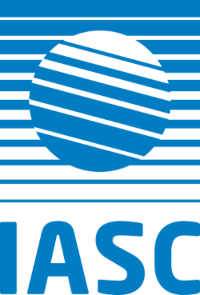The latest issue of the INTERACT III Newsletter has been published. Top stories of the November issue are:
INTERACT final annual meeting
The whole consortium gathered at Smygehus Havsbad at the southernmost tip of Sweden. One day was spent on the General Assembly, and 1,5 days on the Station Managers' Forum. An excursion to Ale's stenar, "the Stonehenge of Scandinavia" was also on the menu. We were also lucky to host our scientific officer, Pierre Quertenmont, who has been our anchor at the European Commission. Albeit a bit emotional, given that it was the final meeting of a long and fruitful project, there was a positive feeling throughout the meeting, as we now also have the INTERACT Association, where wewill continue the profound relations and good work to observe, understand and respond to what happens in the Arctic.
Science Diplomacy Paper: ”The rise and fall of Science diplomacy in the Arctic – the INTERACT experience” accepted for publication in Polar Research
At a time of increasing environmental changes and geopolitical tensions, the need for collaboration in the Arctic is greater than ever. This paper that has recently been accepted for publication tracks the rise of science diplomacy achieved by INTERACT and describes the impacts of the current geopolitical circumstances on its ability to contribute to science diplomacy
INTERACT Transnational Access project published in Nature
INTERACT Transnational Access provided the means to conduct fieldwork needed for a study that resulted in a Nature publication named “Airborne DNA reveals predictable spatial and seasonal dynamics of fungi“. The study explored the global distribution of airborne fungal spores across diverse climates and seasons. Researchers found that fungi follow distinct, predictable patterns based on climate and evolutionary history, with the highest diversity in tropical regions. Certain fungi, however, are specific to temperate zones and release spores only during particular seasons. This research provides new insights, showing that fungi distribution is not random but follows biodiversity patterns similar to larger organisms, contributing valuable knowledge to our understanding of microbial ecology and global biodiversity
Read the full INTERACT III Neewsletter newsletter here.
INTERACT is an infrastructure project under the auspices of SCANNET, an arctic network of 74 terrestrial field bases (with an additional 21 research stations in Russia on pause) in northern Europe, US, Canada, Greenland, Iceland, the Faroe Islands and Scotland as well as stations in northern alpine areas. INTERACT specifically seeks to build capacity for research and monitoring all over the Arctic, and is offering access to numerous research stations through the Transnational Access Program.
